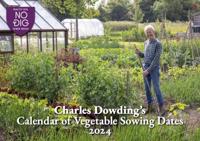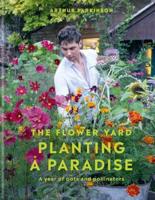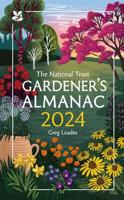Publisher's Synopsis
Excerpt from The Forester, Vol. 1 of 2: A Practical Treatise on British Forestry and Arboriculture for Landowners, Land Agents, and Foresters
Forestry or Sylviculture may be called the younger sister and the servant of Agriculture. Each of these arts is essential to the welfare of nations, and no people can be said to be wise, politic, or economic which does not pay attention to the advancement of both. In no other art or science has the anglo-saxon race displayed such indifference and neglect as with regard to Forestry. Even the term Sylviculture is not commonly found either in Dictionaries of the English language or in glossaries of technical and scientific terms; and little or nothing is known generally about this art, although Britain owns the largest and the most valuable woodlands in the world.
Primeval Woodlands - Over by far the greater portion of the inhabited land of the globe, the clearance of natural woodlands, and not the cultivation of trees, has occupied the attention of man from the earliest ages. As long ago as the days of King David the Psalmist, A man was famous according as he had lifted' up axes upon the thick trees. For thousands of years the same sort of work has been going on that is today being carried out in clearing remote jungles in Further India and elsewhere by dark skinned nomadic tribes, and by white colonists throughout America, Africa, Australia, and other colonies. In tropical and subtropical districts this destruction of the natural forests for temporary agricultural occupation is usually soon repaired to a certain extent by nature; but where the occupa tion is permanent, even in tropical countries the wooded area ultimately becomes restricted only to parts having a soil too poor for permanent utilis ation. In parts cleared by white settlers, on the other hand, the first clear ance is generally made with the express intention of a permanent occupation.
About the Publisher
Forgotten Books publishes hundreds of thousands of rare and classic books. Find more at www.forgottenbooks.com
This book is a reproduction of an important historical work. Forgotten Books uses state-of-the-art technology to digitally reconstruct the work, preserving the original format whilst repairing imperfections present in the aged copy. In rare cases, an imperfection in the original, such as a blemish or missing page, may be replicated in our edition. We do, however, repair the vast majority of imperfections successfully; any imperfections that remain are intentionally left to preserve the state of such historical works.










